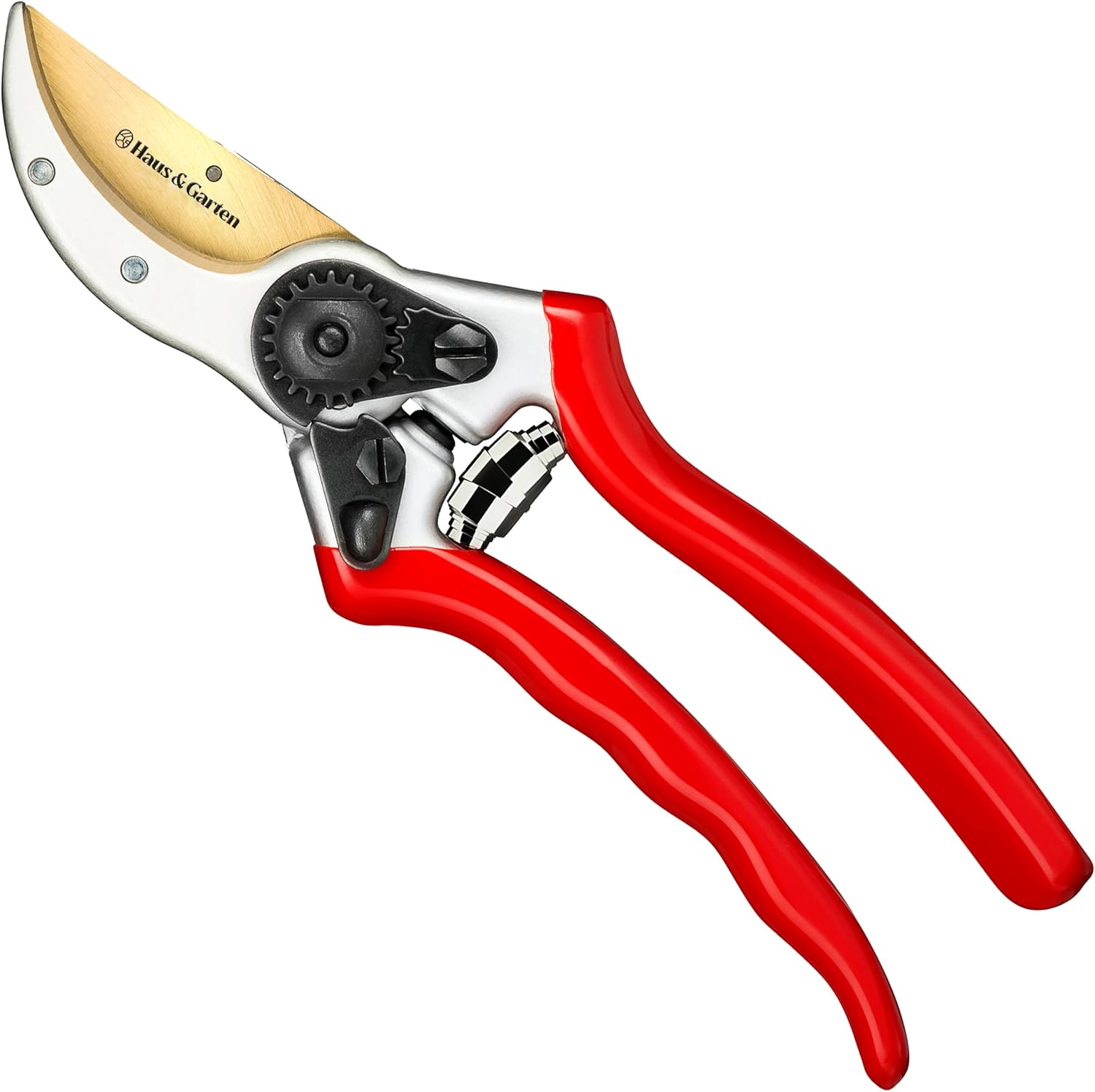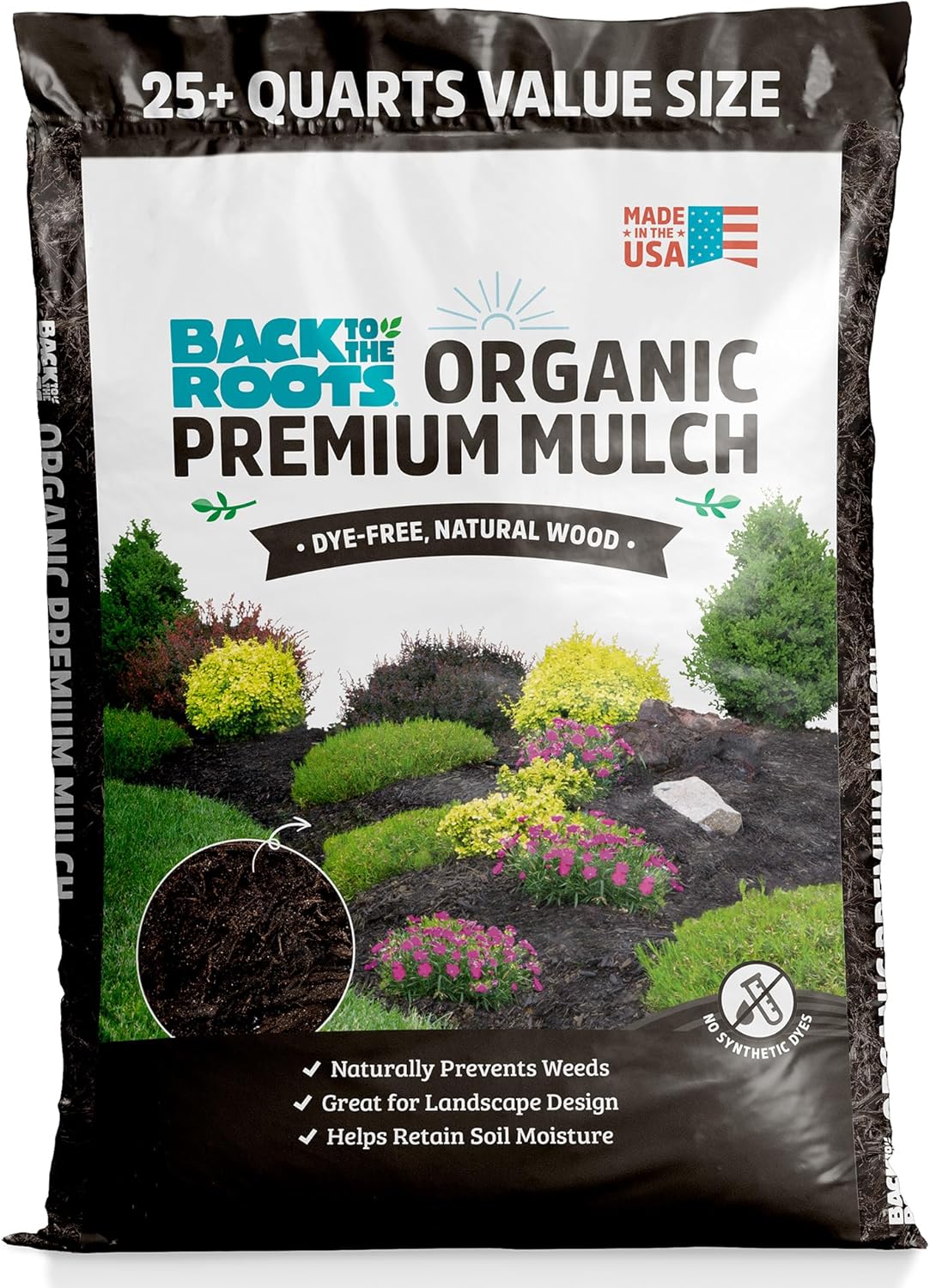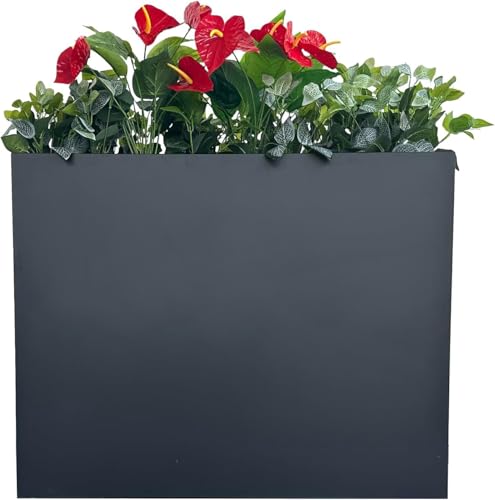This Popular Shrub is Hugely Invasive if You Get it Wrong – Here’s What to Know Before You Buy One at the Garden Center
Its flowers are beloved by people and pollinators alike, but take care if you decide to grow this shrub in your own backyard.
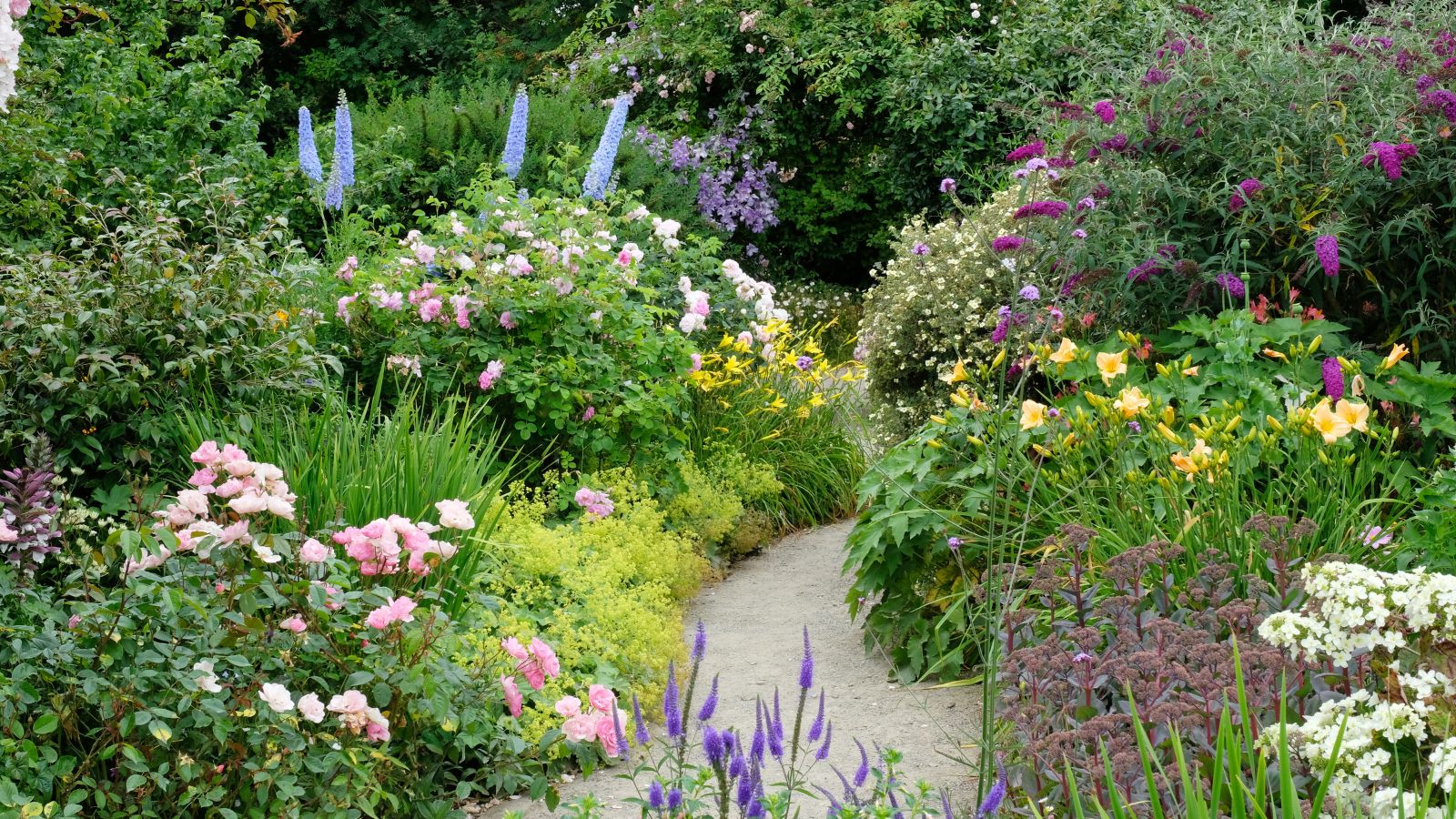

There’s nothing more enticing than a plant with (literal) buzz around it, but sometimes, it’s worth doing your research before buying into the hype. Take, for instance, the butterfly bush – a very popular shrub, true, but one that’s hugely invasive if you get it wrong.
Oh yes, we know; we’ve waxed lyrical about butterfly bushes (Buddleia davidii) countless times before. After all, they’re packed to bursting with beautiful blooms, and attract butterflies and beneficial insects like nobody’s business.
Throw in the fact that they’re deer-resistant, generally resilient, and hardy in USDA plant hardiness zones 5 through 9, and it’s little wonder so many people love them. So, what’s the problem?
Unexpectedly Invasive
As ever, there’s no such thing as a perfect plant, and lately, conversation around controlling butterfly bushes is ramping up. These colorful plants readily escape cultivation and invade natural areas, crowding out native plants in the process.
No wonder this one is considered invasive in many states, eh? So much so, in fact, that some states – including Oregon – have banned sales entirely (with a few exceptions; more on that later).

While some think you can combat this one’s invasive potential by deadheading the flowers before they release seeds, it’s an ambitious task.
After all, the flowers on a butterfly bush are prolific, and removing them one-by-one? It’ll prove every bit as intense as a full-time job for most.
Sign up for the Gardening Know How newsletter today and receive a free copy of our e-book "How to Grow Delicious Tomatoes".
Alternative Options
If you love the look of a butterfly bush, but prefer to opt for a native shrub with less invasive qualities, you might like to consider the following options...
1. Summersweet plant (Clethra alnifolia)
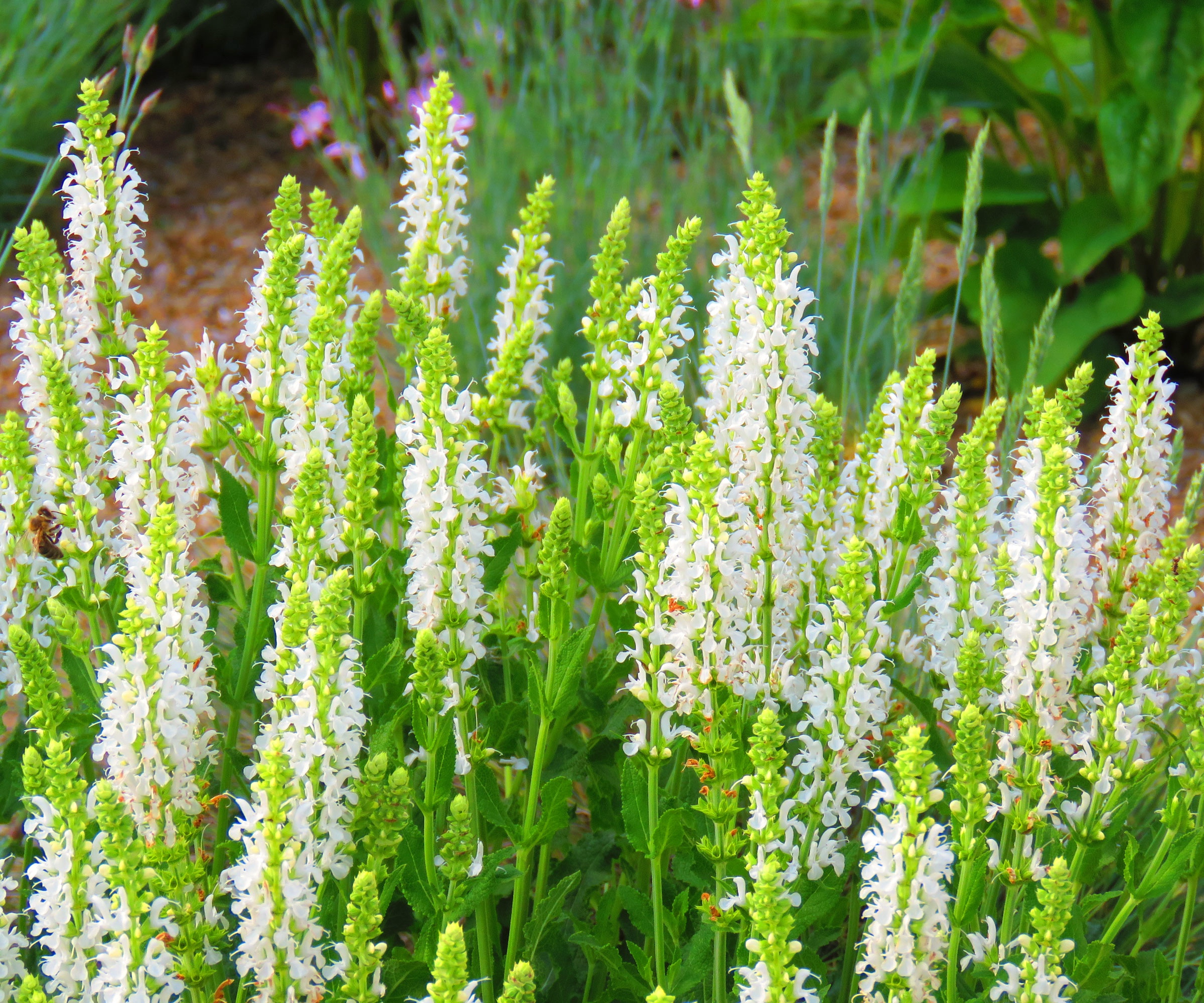
Sometimes known as pepper bush, this is an ornamental shrub with spikes of spicy-smelling white flowers.
You can buy a Hummingbird Summersweet at Walmart, if you're keen.
2. New Jersey tea plant (Ceanothus americanus)
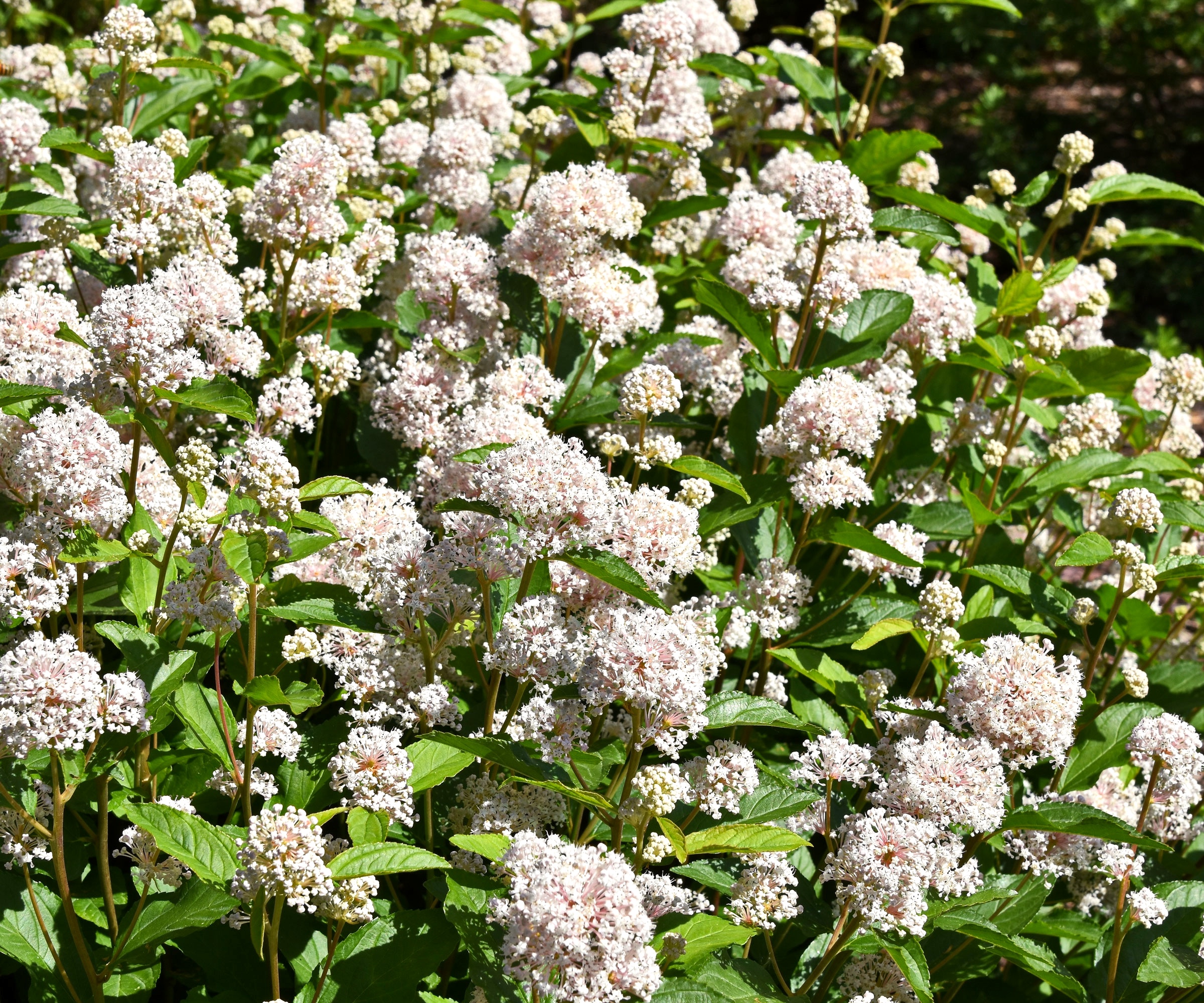
Dense, compact, and filled with flowers, this one – much like other Ceanothus shrubs – is known for its unerring ability to attract hummingbirds.
You can buy a pre-potted Ceanothus americanus via the American Beauties Native Plants Store on Amazon.
3. Desert Willow (Chilopsis linearis)
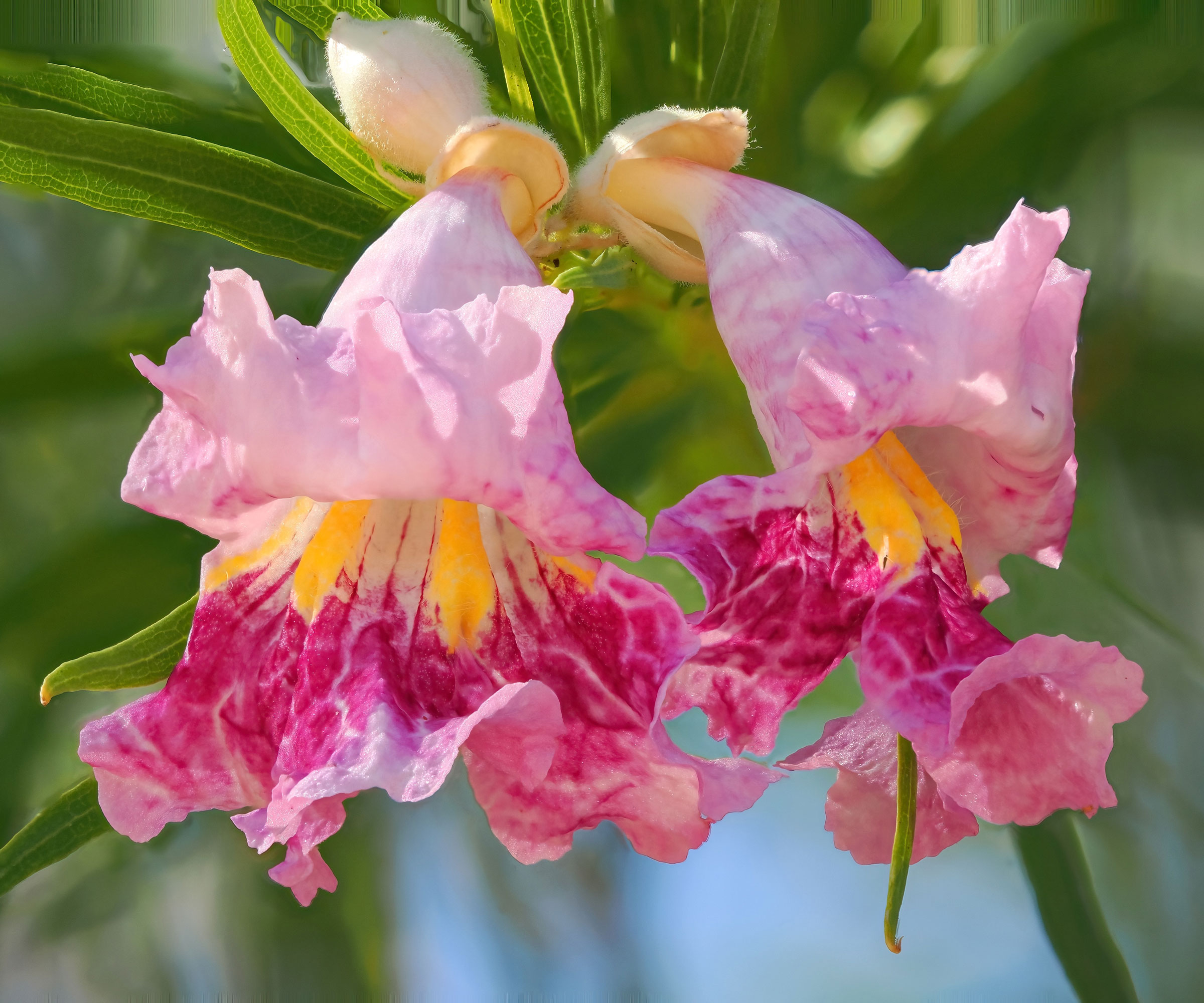
A genuinely gorgeous little tree, this one promises color and fragrance, not to mention a thriving hotspot for pollinators.
Try the Bubba Desert Willow from Nature Hills if you're obsessed with native plants but still want purple flowers galore.
How to Grow a Butterfly Bush Safely
Of course, if you love butterfly bushes, don’t despair; you can buy sterile butterfly bushes to sidestep that tricky invasive situation.
We’re big fans of the BiColor Butterfly Bush from Nature Hills, which just so happens to be the first butterfly bush to feature multiple colors on each fragrant and incredibly long-lasting bloom (don’t worry; it will still serve as a valuable nectar source).
Otherwise, just look out for any butterfly bushes from the trademarked series Buddleia Lo & Behold and Buddleia Flutterby Grande, and you’ll be onto a winner.

Sterile or not, it’s important to remember that butterfly bushes will always prove to be fast-growing plants. Make sure you have the time to keep up with them; you'll need to cut back all stems almost to the ground in late winter, for example.
Alternatively, you could grow a butterfly bush in a container, although you will need a very large pot, as it grows to heights of 4 to 10 feet with a width of around 5 feet.
Whichever you opt for, take care to water your butterfly bush well in its first year, and mulch it well, too.
Your butterfly bush essentials:
So, there we have it; this popular shrub might be incredibly invasive if you don't know what you're doing, but there are ways to make a butterfly bush work for your garden.
And, if not, stick to those native alternatives. Your pollinators will still be every bit as grateful, and your backyard will still be every bit as beautiful. We promise!

Kayleigh is an enthusiastic (sometimes too enthusiastic!) gardener and has worked in media for over a decade. She previously served as digital editor at Stylist magazine, and has written extensively for Ideal Home, Woman & Home, Homes & Gardens, and a handful of other titles. Kayleigh is passionate about wildlife-friendly gardening, and recently cancelled her weekend plans to build a mini pond when her toddler found a frog living in their water barrel. As such, her garden – designed around the stunning magnolia tree at its centre – is filled to the brim with pollinator-friendly blooms, homemade bird feeders, and old logs for insects to nest in.
